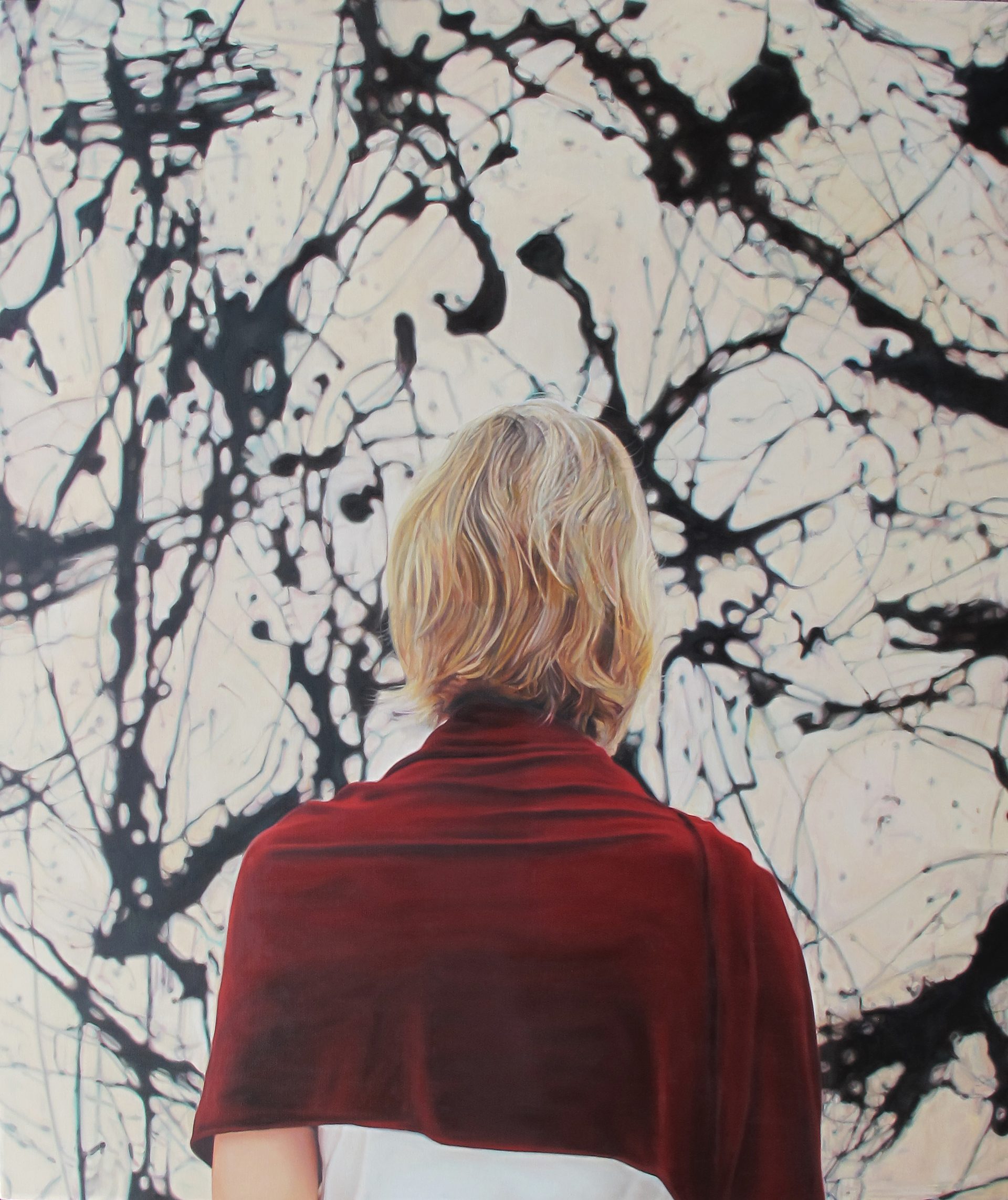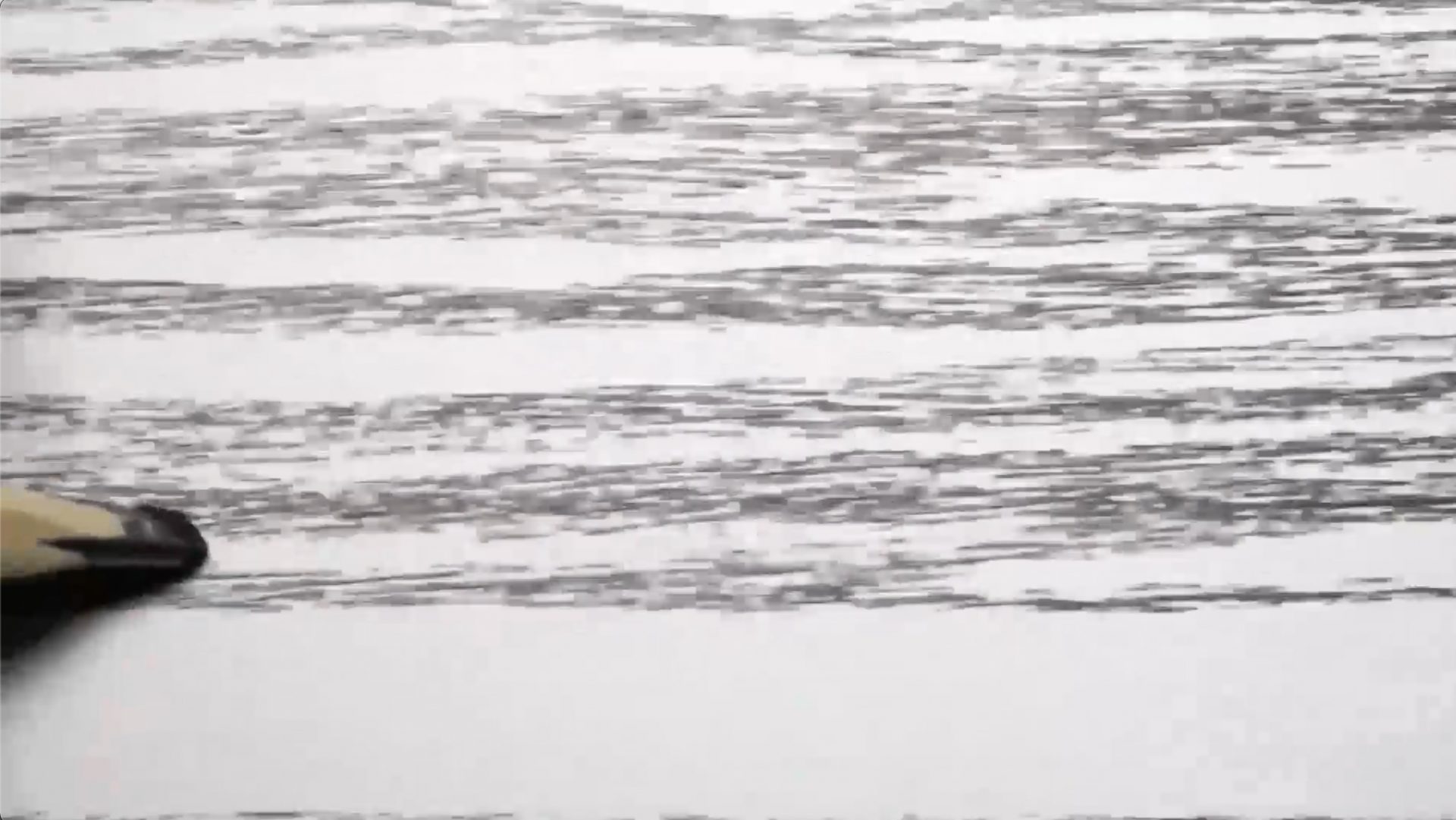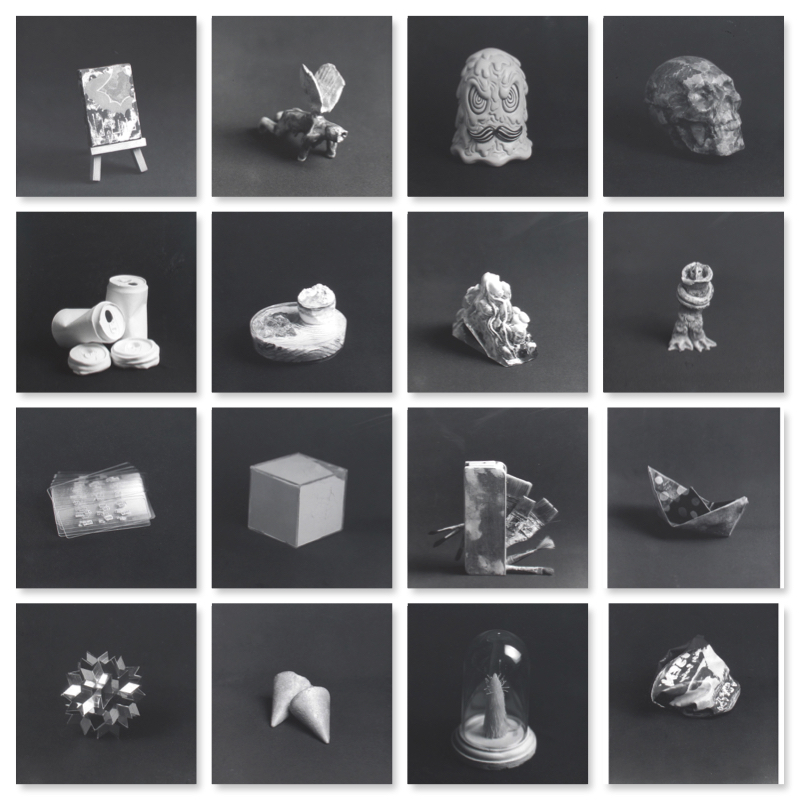a bird flies into the mirror
Appetite is proud to present a bird flies into the mirror in collaboration with the Michelangelo and Lourdes Samson Collection.
“It has been an honour and a pleasure to collaborate with Appetite on this exhibition, featuring selected works by Filipino artists from our collection of Southeast Asian contemporary art. This selection is particularly meaningful, not only because Philippine contemporary art still forms the core of our collection, but also because these works draw from, expand on, and ultimately question conceptual and stylistic concerns in Western art history. These works ask fundamental questions about art and perception: What is a painting? What is a drawing? What is an image? How should we look at art?
Grounded in the sophisticated use of mediums and materials found in contemporary Western visual language, these works contemplate the legacy of the colonial history that shaped the way artistic knowledge and culture is disseminated and absorbed locally, but also reflect on the underlying socio-economic conditions of artistic production in the Philippines. Seen in dialogue with the long history of Western Art, the works ask us to question what we think we know about art – its history and development – in our part of the world.”
– Lourdes Samson
a bird flies into the mirror brings together the works of six artists – Raena Abella, Poklong Anading, Annie Cabigting, Roberto Chabet, Nona Garcia, Wawi Navarozza – who adopt conceptualism as a self-reflexive artistic strategy. These artists, especially Chabet, are recognised to be pioneers of conceptual art in the Philippines and more broadly, Southeast Asia. The exhibition highlights artists who have yet to be widely shown in Singapore and extends ongoing critical discourses of conceptual art and regional practices.
Michelangelo and Lourdes Samson’s longstanding dedication to collecting significant Southeast Asian contemporary artworks – in particular, their strong commitment to championing Filipino artists – highlight to us the perpetual conversation that exists between contemporaneity and its response to art’s historical canon, but does so in relation to the complex and diverse inheritance of Southeast Asia’s own cultural and historical landscape.
The artworks in the exhibition offer multiple layers of reading – utilising vernacular expressions and appropriating visual codes to respond to the specificities of local conditions, in order to unravel fixed notions of art and meaning. In doing so, they play with the illusion of the surface, and challenge what the image can reveal, reflect and refract.
The exhibition is open to the public from 12 April, 2022 – 16 July, 2022.
Click here to book an exhibition tour.
Walk-ins are available on Fridays and Saturdays, 11AM – 2PM.
Roberto Chabet
Roberto Chabet (b. 1937 and d. 2013, Philippines) was a renowned Filipino conceptual artist, teacher, and curator. He is highly regarded for his experimental works, ranging from sculptures and installations made from everyday and found materials, to paintings, drawings and collages. Chabet’s works are the result of a process of unraveling fixed notions about art and meaning. He was the founding Museum Director of the Cultural Center of the Philippines (CCP) from 1967–70, and initiated the first 13 Artists Awards, giving recognition to young artists whose works “show a recentness, a turning away from the past and familiar modes of art-making”. He led the 1970s conceptual art group Shop 6 and taught for over 30 years at the University of the Philippines College of Fine Arts, where he espoused an art practice that gave precedence to idea over form.
Widely acknowledged as the founding figure of conceptual art in the Philippines, Chabet adopted conceptual strategies as a counterpoint to the rigid structures brought about by modernist movements in the 1960s. His search for meaning – not just in abstraction, but also in the value of commonplace objects in everyday life – transformed materials into both object as well as metaphor for the vagrancies of contemporary life. Pale Blue Memo (2011) combines the structure of a clipboard with a canvas, painted in a seemingly continuous solid block of colour. Pale blue, a colour that Chabet has used repeatedly throughout his practice, may allude to the hue of the ocean, but it is also said to be the colour that is scattered most. Playing with the boundaries between painting, object and sculpture, Pale Blue Memo raises questions about what it is to be an object in and of itself.
Poklong Anading
Poklong Anading (b. 1975, Philippines) is widely recognised for his expansive practice and ongoing explorations of the limits of form and image. Having begun as a painter, Anading now works primarily in video, photography, and process-oriented sculpture and installation. He often assumes the role of observer and collector in his work, transforming facts and memories into images and objects. His works have been included in notable group exhibitions, including the Philippine Pavilion at the Architecture Biennale, Venice, Italy (2016), the Gwangju Biennial, South Korea (2002 and 2012), “Phantoms of Asia: Contemporary Awakens the Past” at the Asian Art Museum, San Francisco, United States of America (2012). He received the CCP 13 Artists Award (2006) and the Fernando Zobel Art Prize (2006 and 2008).
Anading’s Line Drawing (1998/2017) takes the form of a durational video that records the performative act of drawing lines. With the rise of video and recording equipment’s rising availability and popularity in the 90s, Anading became one of the first artists to experiment with the medium of video and to consider its potentialities with drawing, performance and video art in Southeast Asia. A doubling effect – of walking and drawing a series of lines one by one, then of a camera recording what is being drawn – questions what is observed. Reacting to the traditions of mark-making and painting, Line Drawing (1998/2017) takes the basic act of drawing as a performative gesture, as the artist walks, draws and films himself in a self-reflexive and circular process.
Annie Cabigting
Annie Cabigting (b. 1971, Philippines) is known for her photorealistic paintings that employ meta-references within art history, interrogating the way art is produced and perceived and turning subject-object relations on their heads. In Cabigting’s paintings, she often pictures canonical artworks that have become a part of our mental and visual landscape, and reflects upon how they are viewed and shown within museums and galleries. An example of institution critique, Cabigting’s practice holds up a mirror to the audience and opens up questions regarding how these traditions of viewing and making art can be challenged. She was a recipient of the 2005 Ateneo Art Awards, and her works have been shown across the Philippines and internationally.
Wawi Navarozza
Wawi Navarozza (b. 1979, Philippines) is a multidisciplinary artist who is known for her innovative and expansive use of photography. Her images explore notions of the self through her works of the contemporary landscape, constructed tableaus and self-portraits. She is informed by tropicality within the dynamics of post-colonial dialogue, globalization, and the artist as a transnational agent. Navarozza is the recipient of numerous awards and honours, such as the Lucas Artists Fellowship Award for Visual Arts for 2019 – 2022 and the Asian Cultural Council – Silverlens Foundation Fellowship Grant in 2009. Her works have been shown in institutions around the world, including the National Museum of the Phillipines, Singapore Art Museum, National Museum of Fine Arts (Taiwan), and Danubiana Museum (Slovakia).
An example of Navarozza’s ongoing explorations with self-portraiture, I Want to Live a Thousand More Years (Self-Portrait After Dengue, with tropical plants and fake flowers) (2016) disrupts the continuity of the photographic image through layers upon layers of digital collage. She photographs meticulously staged and vibrantly exuberant scenes and places herself within them. Drawing on Filipino writer Nick Joaquin’s notion of the “tropical gothic”, Navarozza harnesses the visual language of syncretism, pastiche and ornamentation unique to the Philippines to simultaneously reflect and critique the complex understanding of self. The artist, inhabiting both the roles of creator and figure, playfully stretches the lines between artifice and truth, reveling in the visual ambiguity where the internal and external meet.
Nona Garcia
Nona Garcia (b. 1978, Philippines) is one of the leading artists of her generation within the Philippines. Her works probe into the essence of things, setting up a dichotomy between the transparent and concealed, framed and natural, the sublime and the everyday. The stark realism of Nona Garcia’s paintings and works is neither the simple depiction of an atmosphere nor the combination of particulars, but rather a piercing search for the essence of reality through isolation and intervention, often engendering a confrontation with the seemingly banal, mundane or hidden. Garcia’s works have been shown in numerous exhibitions internationally, including the 8th Asia Pacific Triennial of Contemporary Art, Australia and the 3rd Fukuoka Asian Art Triennale, Japan (2005), amongst others. She was awarded the Grand Prize in the Philip Morris ASEAN Art Award (2000), and is also a recipient of the CCP 13 Artists Award (2003).
Similarly playing with the veracity of the photographic image and in an adjacent process of cut-and-paste to Navarozza’s, Nona Garcia’s “Above Water” and “Above Land” series physically dissects and assembles elements from numerous found photographs to build up a three-dimensional scene within a frame. Drawing on images of natural disasters such as floods and earthquakes which have engulfed domestic interiors and whole buildings alike, they create haunting landscapes that hover between the real and imagined.
Raena Abella
The works of Raena Abella (Philippines) expand and dissolve the boundaries of the photographic medium through digital photography and alternative photographic production processes such as wet plate collodion and silver gelatin print. In her intimate artworks, objects brim with sentiment and serve as a moving and heartfelt recording of the deeply personal. A mix of technique and intuition, Abella references abstract and conceptual art lexicons and imbues it with her own slant and style. Her work has been shown in exhibitions at Manila Contemporary, Mo Space, Art Center, Light and Space Contemporary, Ayala Museum, Finale Gallery, West Gallery, Blanc Gallery, Galleria Duemila, Artinformal (all Philippines); TAKSU (Singapore), amongst others.
Curated by:
Clara Che Wei Peh
Seet Yun Teng
With special thanks to:
Michelangelo and Lourdes Samson






